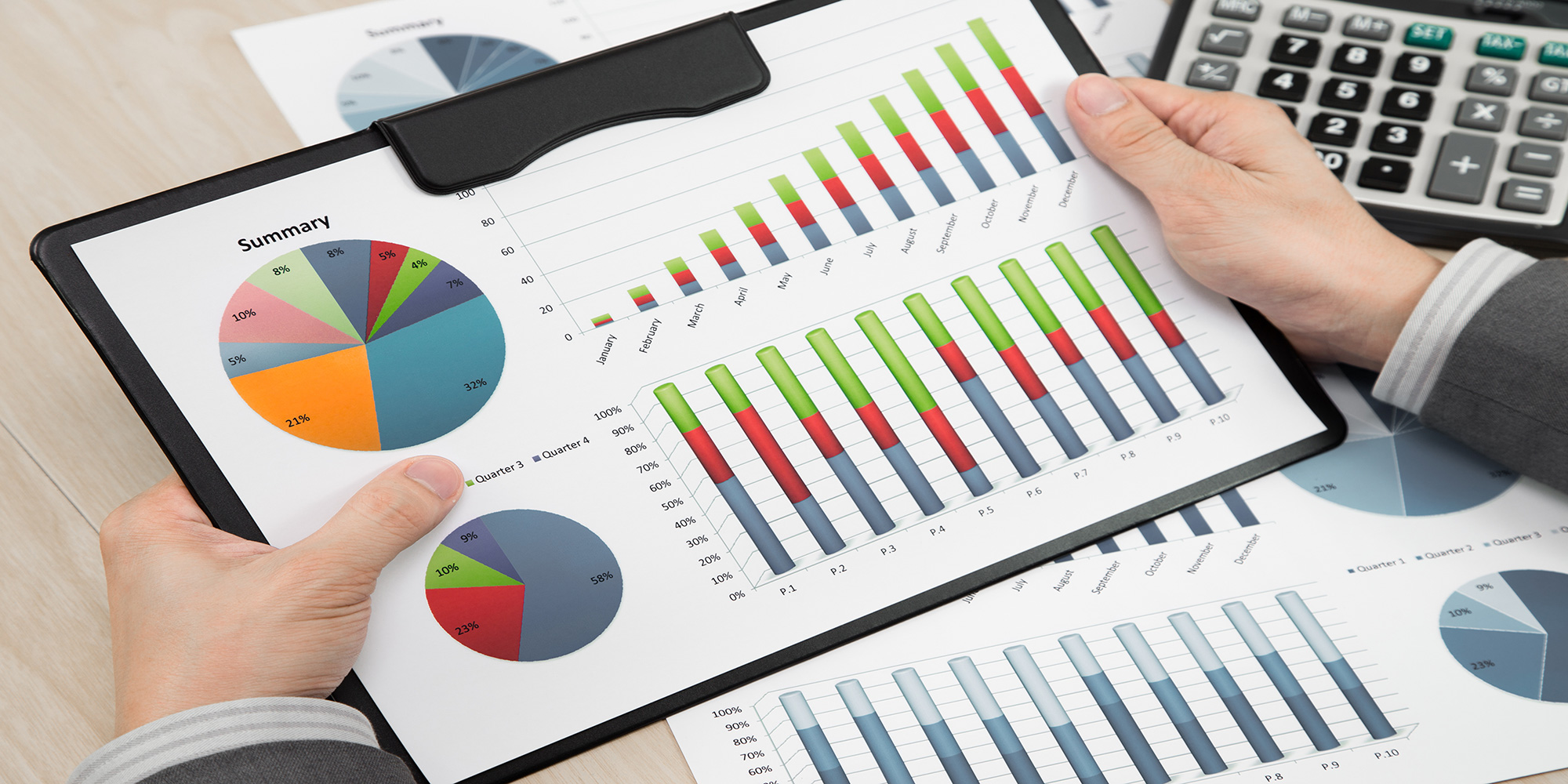Small Business
4 Tips to Better Manage Travel, Expense and Invoice Budgets
In a business segment where cash flow is king and growth is the number one priority, it’s getting increasingly difficult for small businesses to track spend against set budgets. Reports are finding effective spend management is tied to strong ...
Dec. 12, 2018

Every day new technologies are entering the marketplace. The rise of the cloud has lowered the barrier to entry and adoption, ushering in a wave of new applications that are cost-effective for small businesses to deploy so they can position themselves for growth.
This rapid expansion has also given employees more, and easier, ways to spend company money. They’re using new tools like payment and travel apps, on-demand services for office supplies or business expenses, in addition to existing methods like personal checks and credit cards to pay vendor invoices, book corporate travel or purchase additional expenses. From the detail in each transaction to the macro trends and patterns, the ability to observe across reports, itineraries, expenses, and invoices is critical to manage spend.
In a business segment where cash flow is king and growth is the number one priority, it’s getting increasingly difficult for small businesses to track spend against set budgets. Reports are finding effective spend management is tied to strong profitability and revenue growth, but when spend data is incomplete, inaccurate or late, budgets mean little more than a number. And this trend of decentralized spend will only heat up as the younger and more digitally-savvy workforce grows, potentially creating a big issue for small businesses.
Traditional methods of budget management, such as enforcing spending freezes or use-it-or-lose-it policies, tend to hurt rather than help the issue. Spending freezes based on historical or planned spend can lead to lost opportunities for growth investments. Use-it-or-lose-it policies often mean funds are spent in areas with low ROI at the end of each quarter or year.
By managing budgets in real-time, however, small businesses can optimize cash flow, spot cost savings and advise on smarter business decisions as spending unfolds. To help achieve this, here are a few tips and tricks to capture spend in real-time:
- Organize travel, expense and invoice data in one place. Data is only valuable when it is accessible, accurate and comprehensive. Manually pulling historical and future spend data from multiple sources can be labor intensive and error-prone, so consider technology that automatically aggregates data in one view. Also ensure the solution can transform the data into easy-to-consume insights, so budget managers can quickly understand where spend is going and whether any shifts are needed.
- Prioritize automation and AI. Automating standard business processes such as travel, expense and invoice management saves employees time while eliminating data entry errors and providing real-time visibility. Advanced technologies such as machine learning can take automation one step further by analyzing mobile receipts to automatically populate data fields on an expense report and even delivering personalized travel recommendations. AI can also prevent accidental fraud, such as mistakenly entering an expense or invoice twice, by analyzing receipts, credit card transactions and bookings.
- Leverage APIs. Tools that allow data to flow seamlessly across a business help uncover savings and improve overall performance. Ensure the technology solution extends to an ecosystem of third-party solutions such as common travel and accounting apps like Airbnb and QuickBooks, to simplify data transferring and improve the user experience.
- Create tailored budget alerts. Let technology keep track of budget overspending or surplus by creating alerts when a certain spend limit is or isn’t reached by a certain time. By proactively setting automatic budget notifications based on predetermined limits, small business leaders and accounting professionals can more actively catch overspending or reallocate extra cash toward new opportunities in a timely manner. Look for solutions that allow for the creation of personalized budget sub-categories to track more granularly.
By leveraging technology that can effectively track and analyze daily spend against budgets, small business leaders and accountants can manage spend as it unfolds to effectively save money and benefit a small business’s bottom line.
———–
Christal Bemont is SVP & GM of the Small, Midsized and Nationals business unit at Concur.
